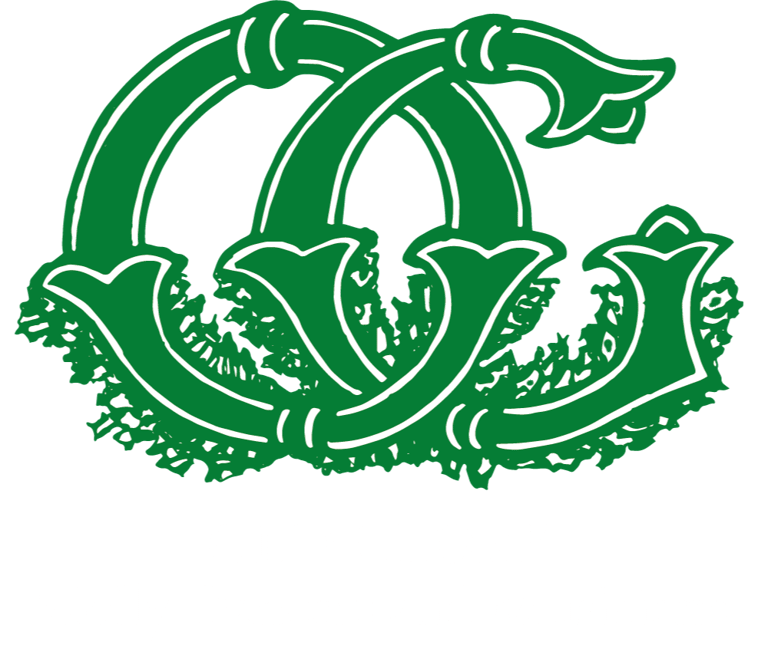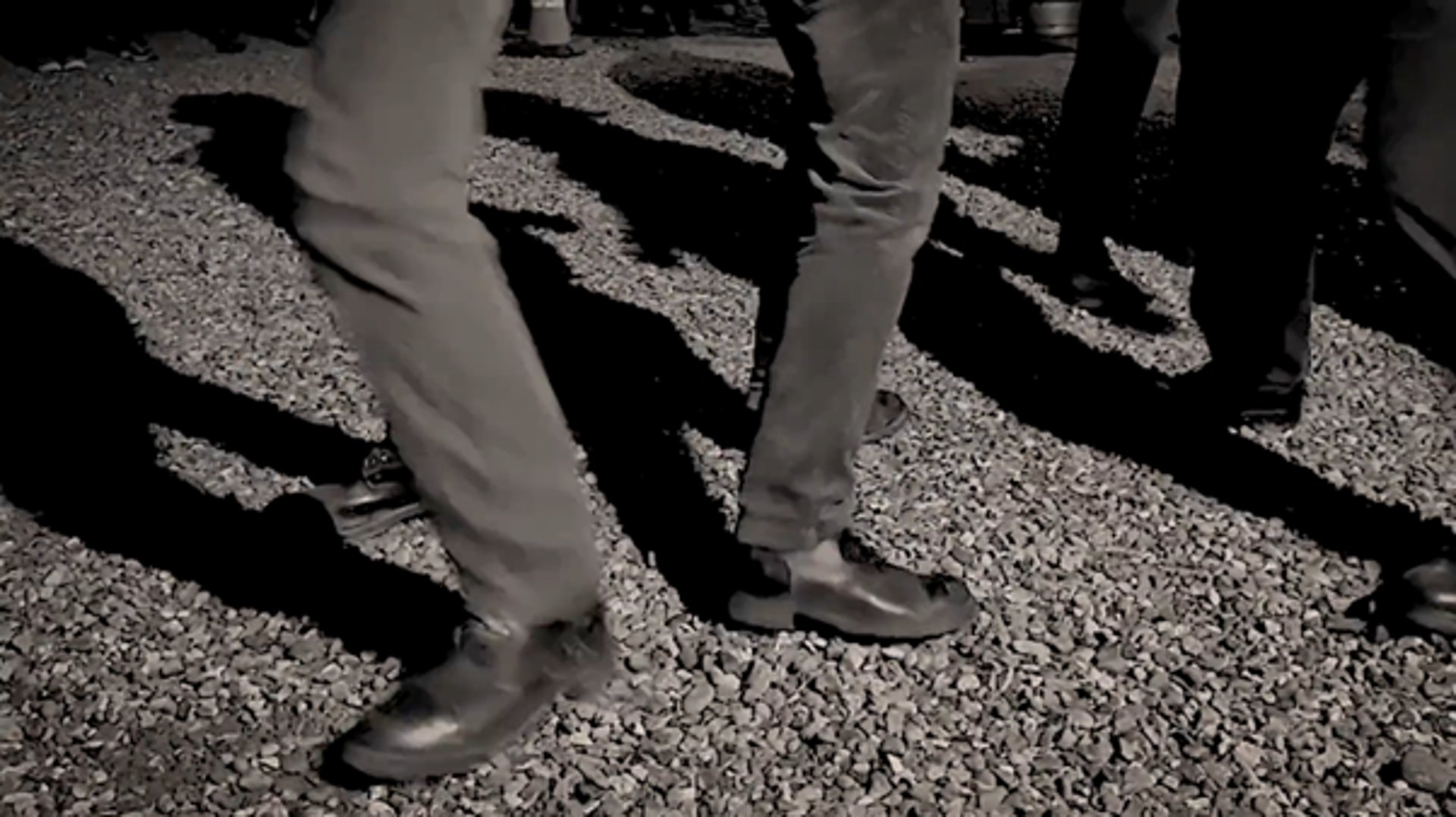The annual ceremony of the Cutty Wren was revived by Old Glory Molly Dancers and Musicians, together with folklorist Pete Jennings, on St. Stephen's day (26th December), 1994. The village of Middleton, in East Suffolk, is believed to be one of the last places in England where the ritual of the hunting of the Cutty Wren ("cutty" means small) could be seen at the beginning of the 20th century.
Allan Jobson, whose grandparents were the Barhams of Rackford Farm, Middleton, recounts in his book “An Hour-glass on the Run” published in 1959, that, when his grandfather was a boy in the mid-nineteenth century, he would go round Middleton with others on St. Stephen’s day. They would catch and kill a wren and fasten it in the midst of a mass of holly and ivy to the top of a broomstick. Going from house to house they sang “The wren, the wren, the king of all birds, St. Stephen’s day was caught in the furze; Although he is little, his family is great– I pray you good landlady, give us a treat!” In earlier times, the procession itself may have included fantastic characters such as hobby-horses, fiery dragons and rampant serpents whisking their tails about. The culmination of the procession was the ceremonial burial of the wren, accompanied by dancing.
The wren-hunt ritual is extremely ancient, its origins having been tentatively traced back to Neolithic times. The Druids were believed to have prophesied the future from listening to the song of a captured wren. By many European peoples, the wren has been designated the king of birds, and has been considered extremely unlucky to kill. The wren was thought to be greater even than the eagle because, according to legend, although the eagle could fly higher than all the other birds, a wren once perched on an eagle's head and thus flew even higher.
David Titlow’s 2007 Cutty Wren video


